Kashmir, often called “Paradise on Earth”, is celebrated for its snow-capped mountains, vibrant gardens, houseboats, and the world-famous Wazwan cuisine. Yet, beyond the grandeur of its landscape and hospitality, two humble yet iconic culinary treasures define winter life in the valley: Kashmiri Kahwa (Kehwa) and Kashmiri Harisa (Harissa / Harees). These aren’t merely recipes — they are deeply woven into the culture, traditions, and everyday survival during harsh winters. When travelers book Kashmir Packages, these dishes often become highlights of their culinary explorations, offering them a true taste of Kashmiri warmth.
This article explores both Kahwa and Harisa in detail — their history, authentic ingredients, traditional preparation, cultural significance, variations, health notes, and practical tips for anyone wishing to recreate them at home.
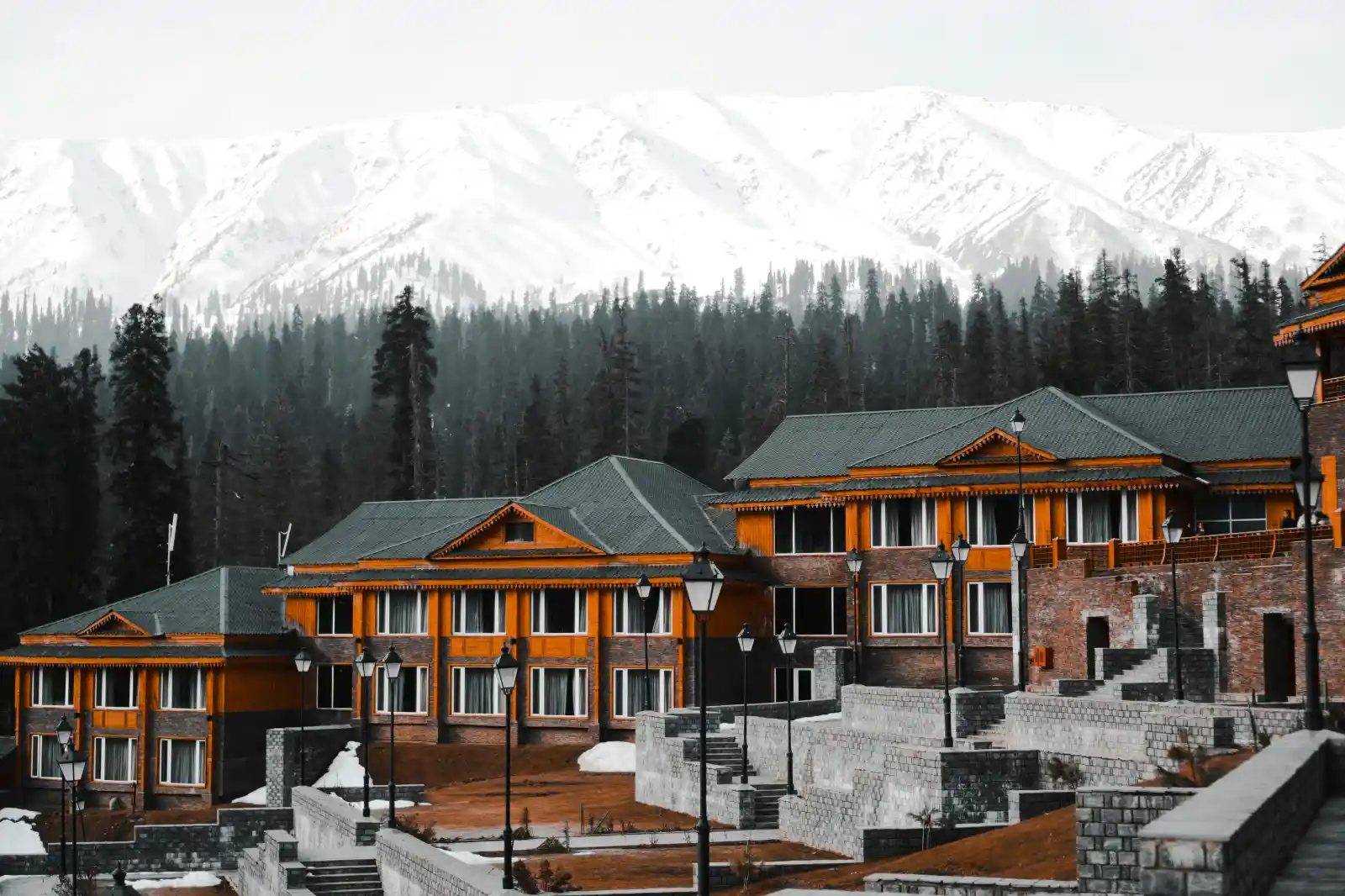
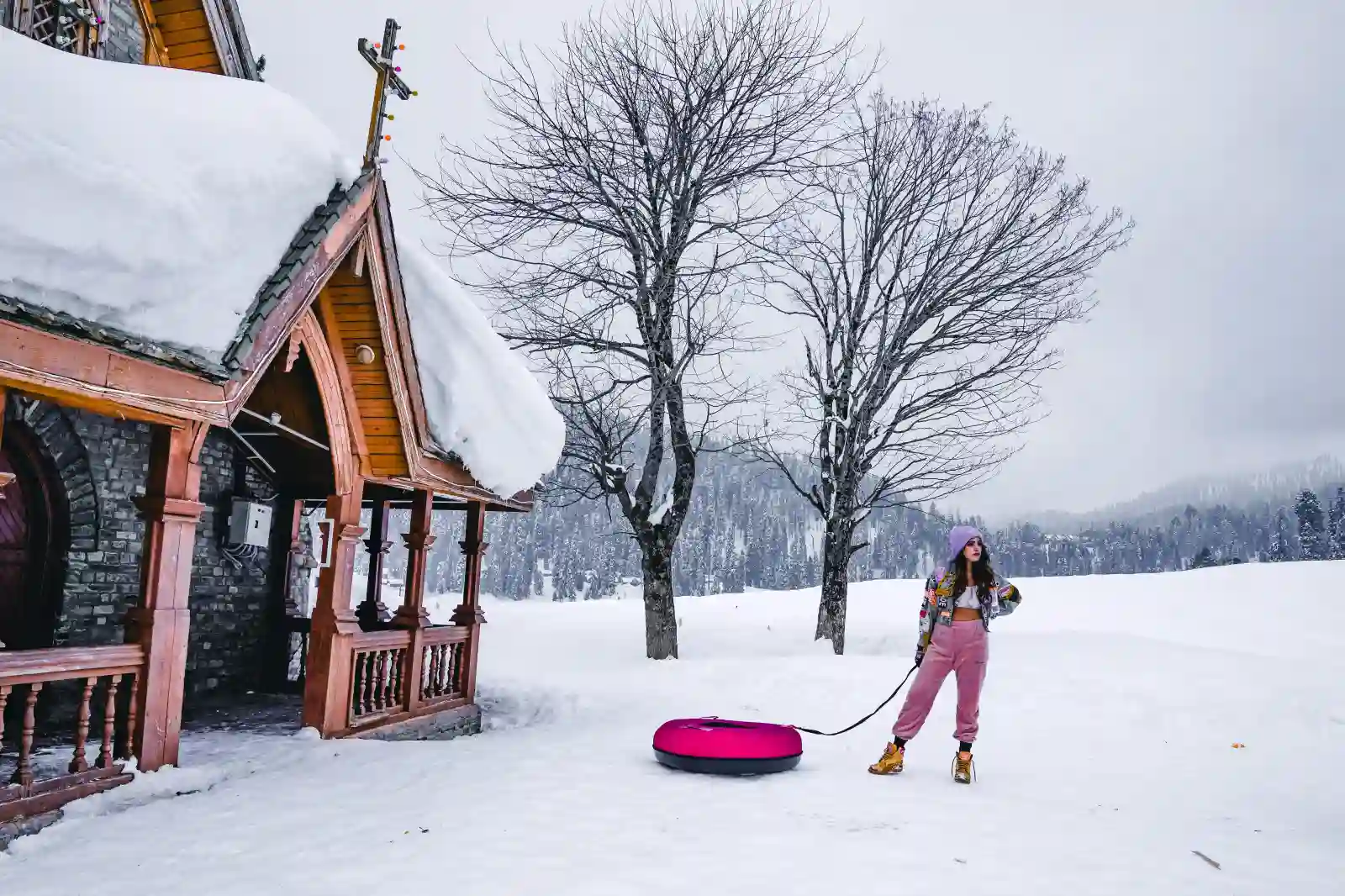
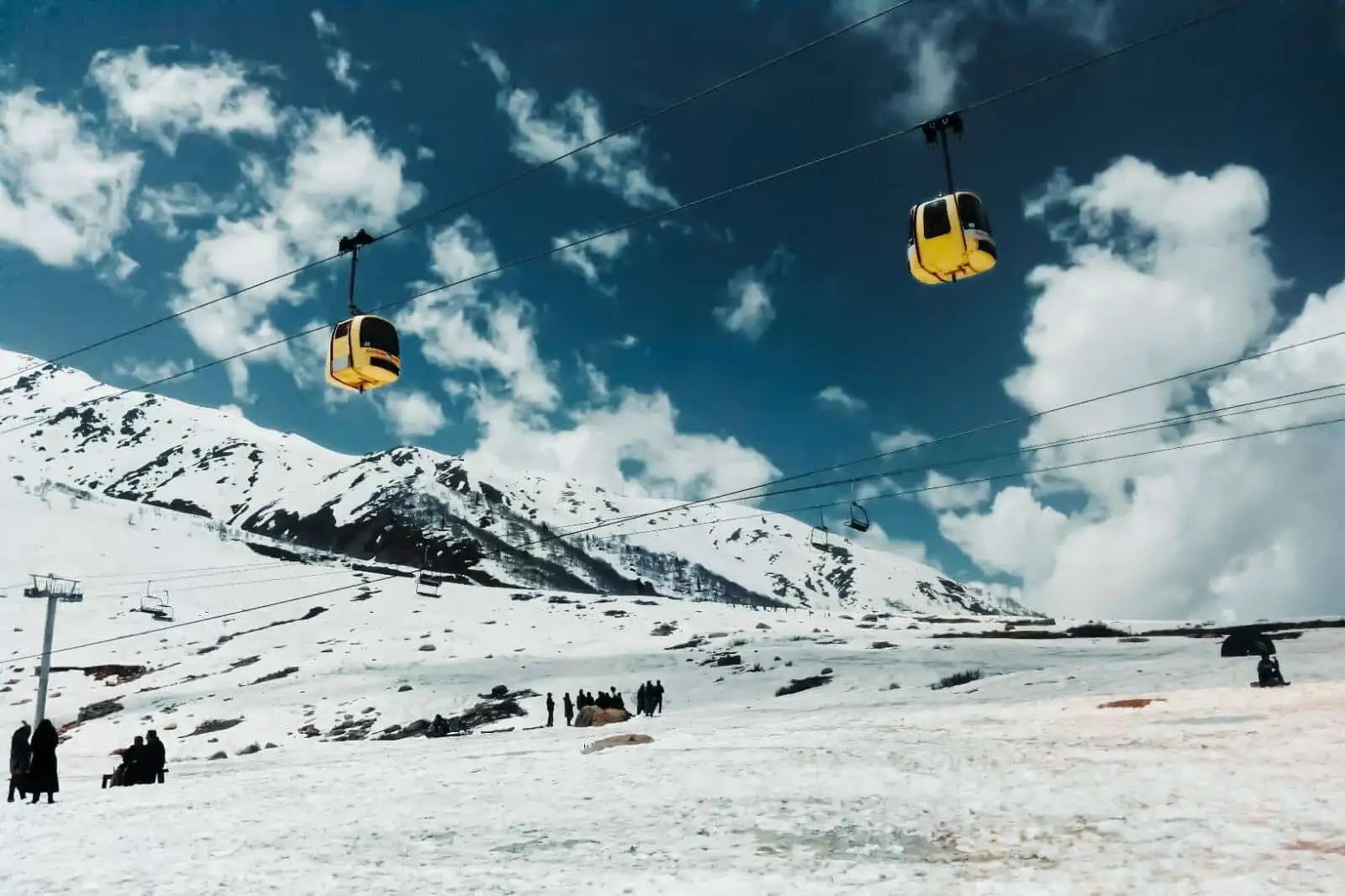
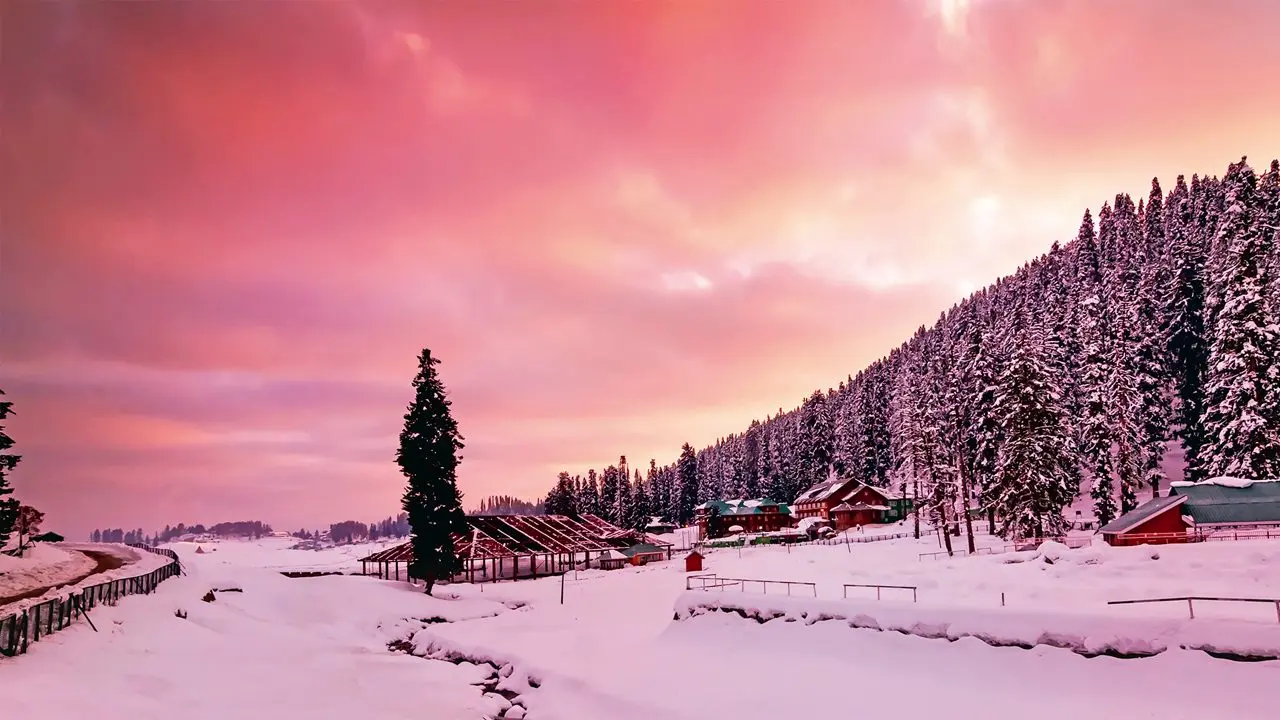
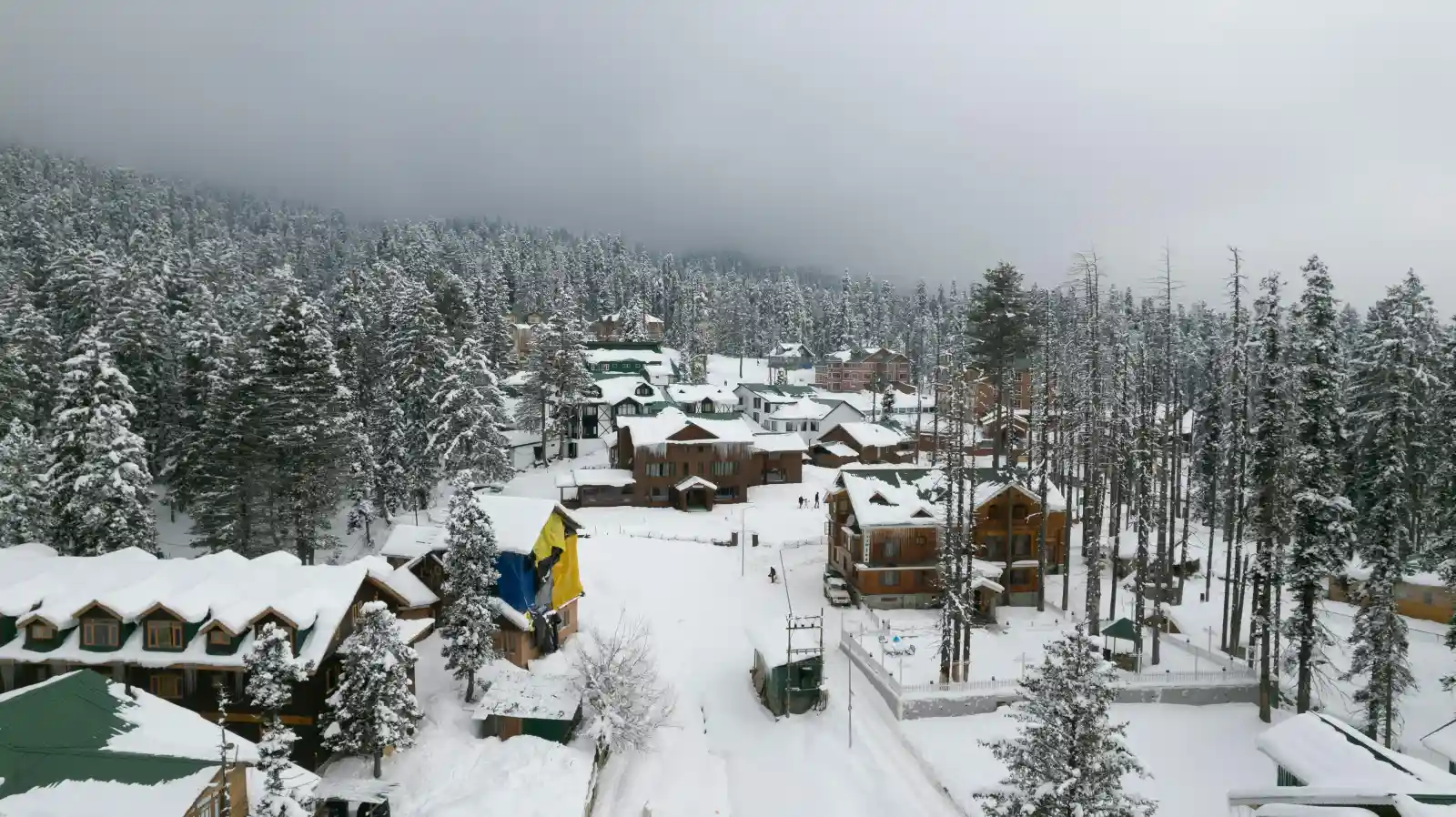
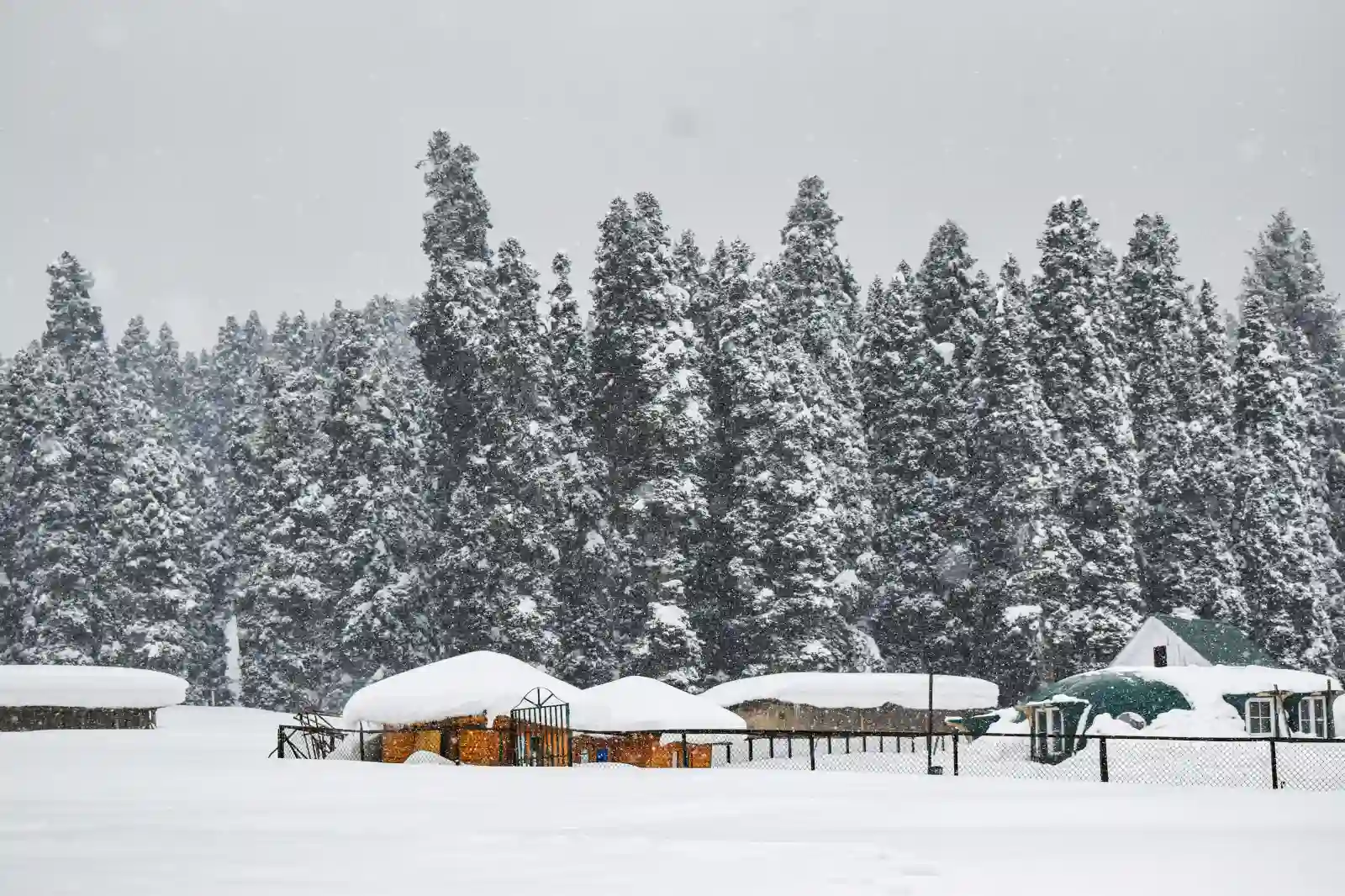
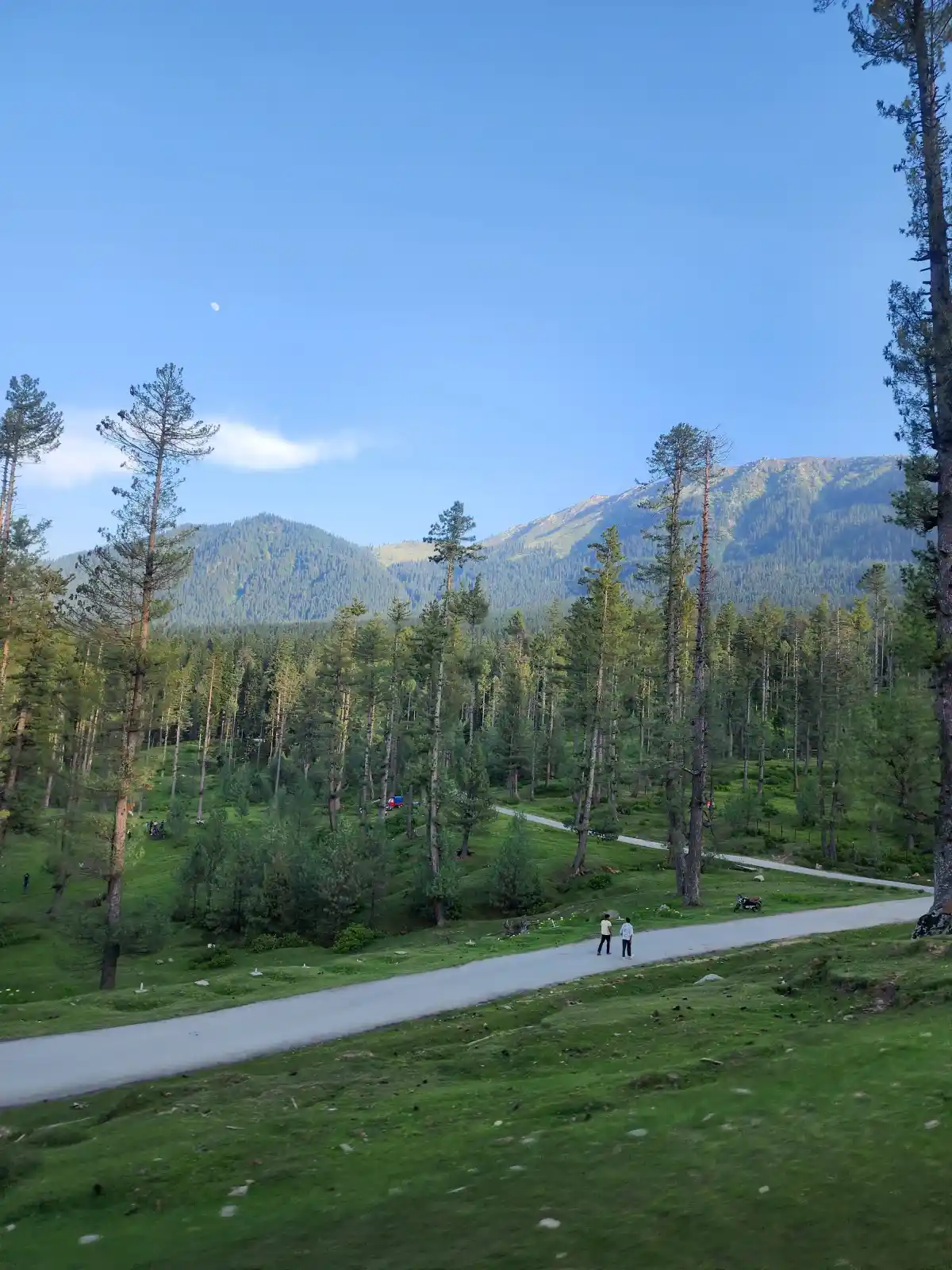
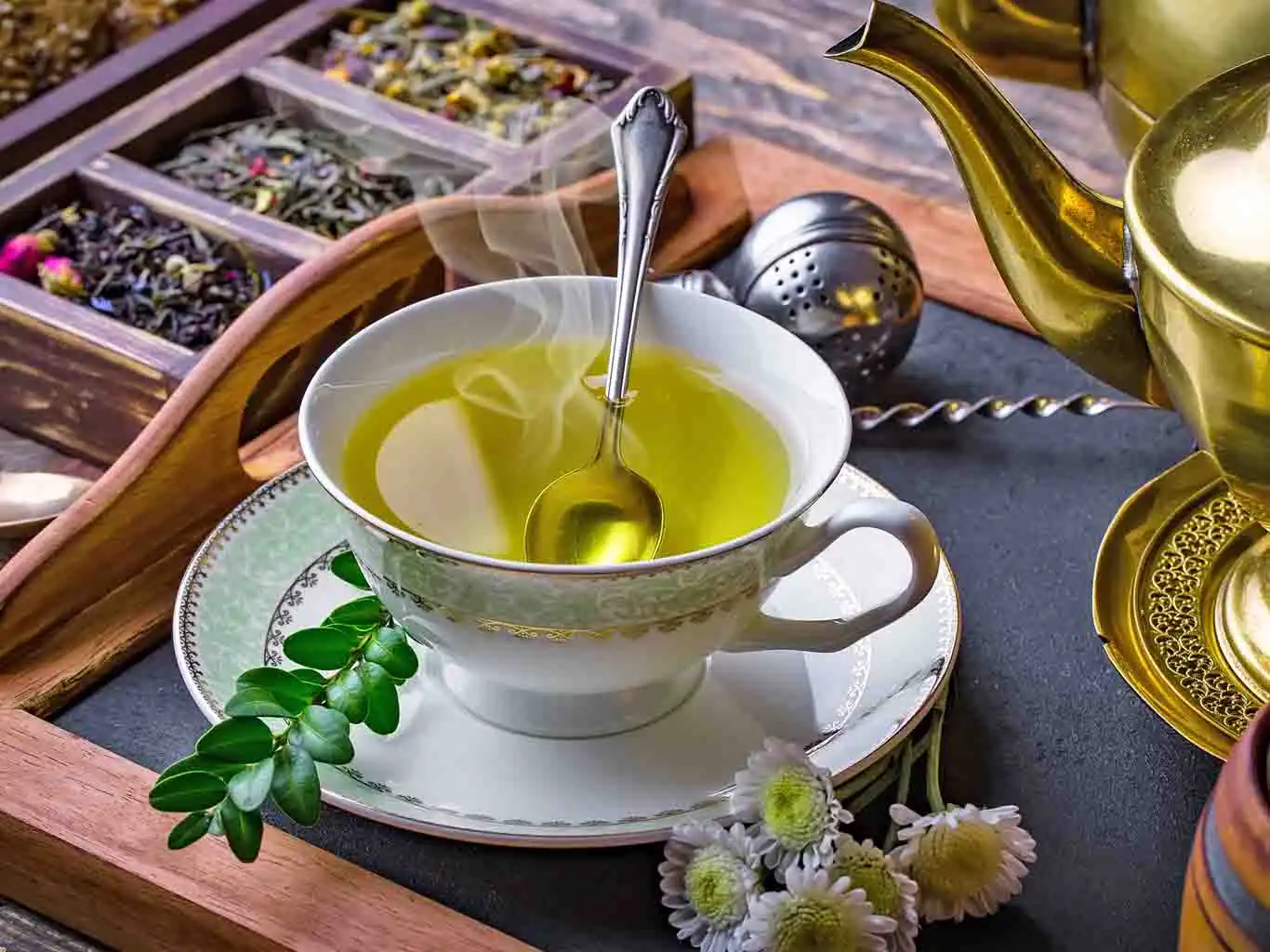
Kashmiri Kahwa is a fragrant, saffron-scented green tea infused with spices like cardamom and cinnamon, sometimes enhanced with rose petals and garnished with slivered almonds or pistachios. More than a drink, it’s a symbol of Kashmiri hospitality, particularly enjoyed after meals and throughout winter.
Kahwa has a long, multicultural journey. Historical evidence suggests it traveled to the Himalayas via Persian and Central Asian trade routes during the Silk Road era. While many regions brew spiced teas, Kashmir added its distinctive touch: saffron, the world’s most precious spice, grown locally in Pampore. The drink evolved into the golden elixir we recognize today, beloved not just in homes but also during feasts like Wazwan.
Visitors to Srinagar can try Kahwa at teahouses, hotels, or households. Packaged blends are widely sold in Lal Chowk markets, making it a popular souvenir for travelers.
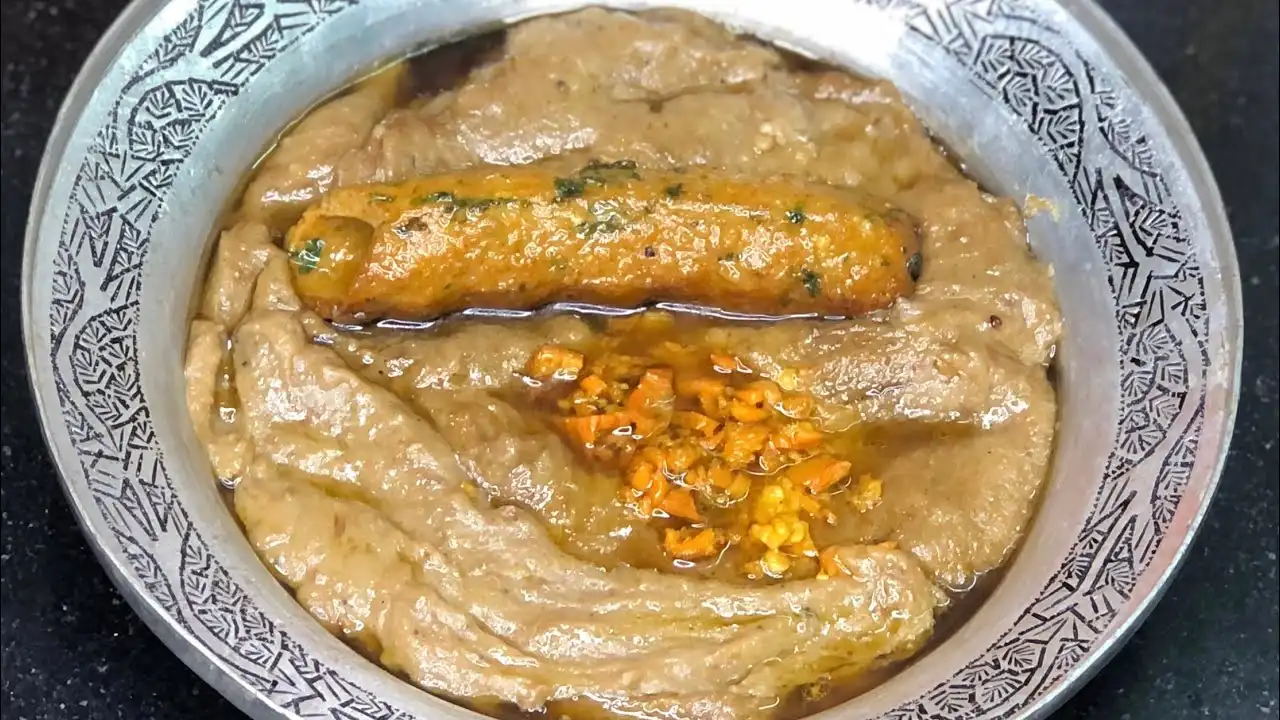
If Kahwa is Kashmir’s comfort drink, Harisa is its comfort food. A slow-cooked porridge-like dish, Harisa combines deboned mutton or lamb with rice or wheat and local spices, mashed into a thick, velvety texture. Traditionally eaten in the coldest months, it is hearty, nourishing, and deeply satisfying.
Harisa traces its roots to Middle Eastern harees/hareesa. In Kashmir, it evolved into a winter breakfast essential. Historically, specialist cooks called harisaguyr prepared and sold Harisa in Srinagar markets. Today, it remains cherished both at home and in eateries, occasionally part of Wazwan feasts.
Srinagar’s winter markets are famous for Harisa stalls. Many travelers enjoying a Winter Kashmir Holiday describe tasting Harisa as their most authentic Kashmiri food experience.
Method: Boil water with spices and saffron for 2–3 minutes. Add tea, steep gently. Strain. Garnish with nuts and honey.
Method: Pressure cook mutton with rice, fennel, and spices for 25 minutes. Mash well, simmer to thicken. Finish with ghee and fried onions.
For those planning Gulmarg Holiday Packages, tasting Harisa after skiing or sipping Kahwa overlooking snowy meadows is part of Kashmir’s winter charm. Culinary traditions here reflect not just food, but community, warmth, and resilience.
Kashmiri Kahwa and Harisa are proud culinary symbols of Kashmir. For those exploring Kashmir Packages, they are more than food — they are experiences that capture the soul of the valley. Whether tasted in Srinagar markets, local homes, or recreated at home, they embody the warmth, culture, and essence of Kashmiri winters.